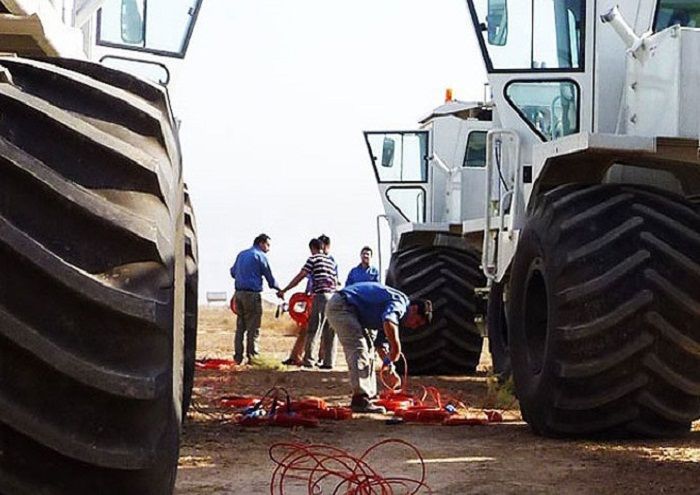Elaborating on the NIOC’s exploration studies conducted from late October 2021 to mid-January 2023, Mehdi Fakour added, “The operations of drilling six wells and testing four exploratory wells ended by using six onshore drilling rigs.”
According to him, 21,201 meters were drilled in onshore exploratory wells, two exploratory wells are being drilled and one is at the formation test stage.
Since October 23, 2021, he continued, 16 teams, including 10 two-dimensional seismography, four three-dimensional seismography, and two non-seismic geophysics groups (using gravity and magnetic methods), have been carrying out geophysical operations – an “unprecedented” level over the past 20 years.
Fakour added 49 seismic data interpretation projects have been also implemented by Iranian experts during the period.
The areas drilled in meters, the number of drillings, the testing of wells, and the number of derricks used between October 2021 and October 2022 have witnessed 14 percent, 100 percent, 136 percent, and 30 percent increases respectively when compared with the same period from 2020 to 2021, he mentioned.
Shifting to non-seismic airborne magnetometry, the NIOC exploration director said a grand job was made, not done before in the country.
Magnetometry surveys are conducted in three ways of carrying equipment by an expert, a hard and time-taking method, helicopter-borne aeromagnetic operation, and the one done by an ultralight plane, explained Fakour, adding, “We had done the first two, but did not have the plane to use the third method. To that end, we imported the plane, imaging and mapping the areas in Bushehr, Fars, and Hormuzgan provinces.”
Up to now, 50,000 square kilometers have been imaged since the aircraft was imported, announced the official, adding 170,000 square kilometers will be totally mapped on the basis of the contract.


Your Comment